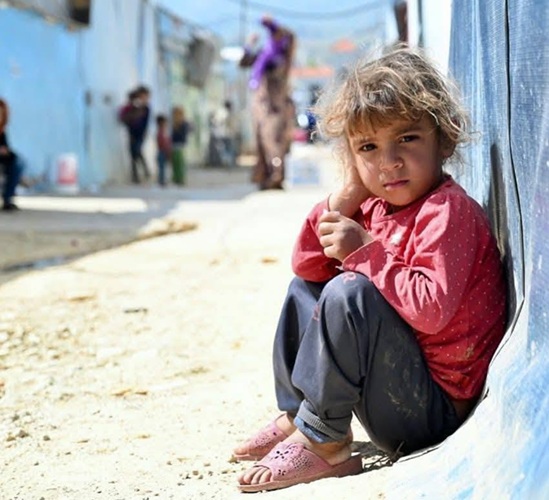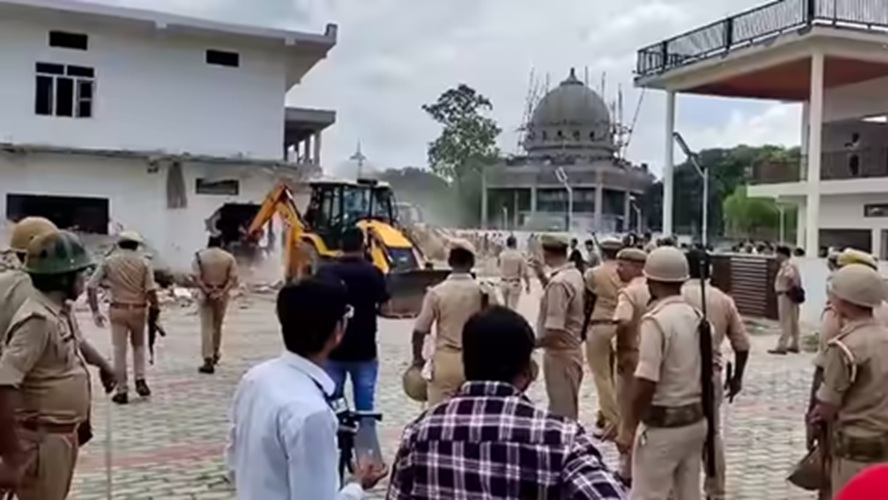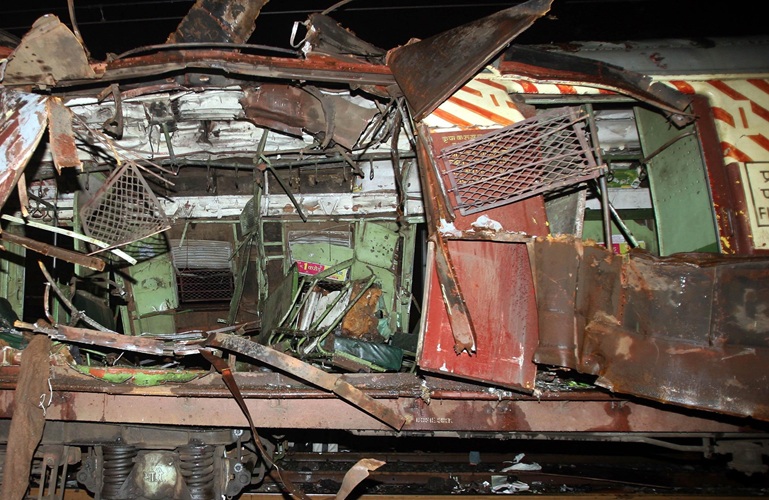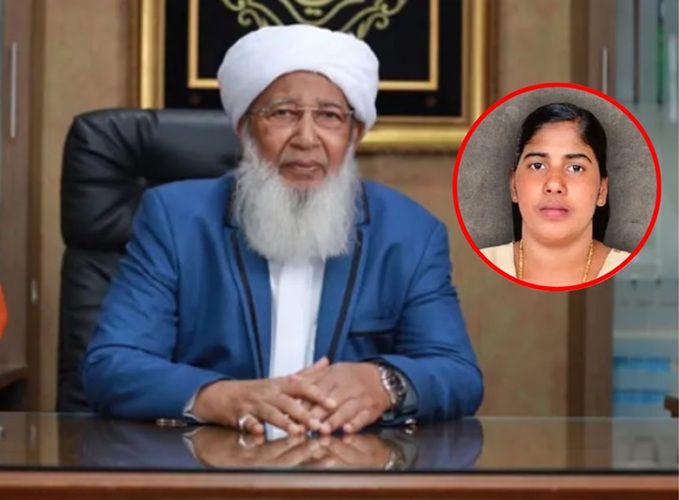Dr Syed Khursheed, Bandra, Mumbai
The ongoing conflict in Gaza has exacted an unimaginable toll on its most vulnerable population: children. The Israeli terror attack in the Gaza Strip has resulted in a humanitarian catastrophe described by international organizations, scholars, and human rights groups as bearing the hallmarks of genocide.
The Scale of the Crisis
Gaza’s children, who make up nearly half of the Strip’s 2.2 million population, have borne the brunt of the conflict. According to Gaza’s Government Media Office, by April 2025, at least 50,500 Palestinians had been killed, with over 50% of the victims being women and children. Among these, approximately 17,861 children, from fetuses to 18-year-olds, lost their lives, averaging 93 deaths per day. UNICEF reported that in the first week of 2025 alone, 74 children were killed in Israeli strikes, with thousands more injured, orphaned, or missing under rubble.
The violence has not spared infants. Gaza’s media office documented 214 newborns and 808 children under one year old killed, alongside pregnant women whose unborn children perished in airstrikes. Beyond direct killings, at least 66 children died of malnutrition by June 2025, with 5,119 children treated for acute malnutrition in May alone, a crisis exacerbated by Israel’s blockade of food, milk, and nutritional supplements. UNICEF warned that over 70,000 children face acute malnutrition, with famine conditions threatening thousands more.
The physical toll is compounded by psychological trauma. UNICEF estimates that one million children in Gaza suffer severe psychological distress, with nearly half expressing a desire to die due to the relentless fear of bombings, displacement, and deprivation. Stories of children like 11-year-old Yaqeen Hammad, a social media influencer killed in a Deir el-Balah airstrike, and nine siblings of Dr. Alaa al-Najjar, aged seven months to 12 years, killed in a single attack, underscore the personal tragedies behind the statistics.
Israel’s actions for Genocide
The term “genocide” has been invoked by numerous authoritative sources to describe Israel’s actions in Gaza. Amnesty International’s December 2024 report, ‘You Feel Like You Are Subhuman’: Israel’s Genocide Against Palestinians in Gaza, concluded that Israel committed genocidal acts, including large-scale killings, causing serious bodily or mental harm, and inflicting conditions calculated to destroy Palestinians physically. The report cited 22 statements by Israeli officials, including calls to “erase” Gaza, as evidence of genocidal intent, alongside verified audiovisual content of soldiers celebrating destruction.
A United Nations Special Committee, Human Rights Watch, and scholars like Raz Segal have echoed these findings, pointing to acts such as starvation as a weapon of war, destruction of civilian infrastructure, and attacks on healthcare workers. By April 2025, 68% of Gaza’s cropland and roads were destroyed, and only 17 of 36 hospitals remained partially functional, lacking fuel, supplies, and clean water. The International Court of Justice (ICJ) issued provisional measures in January 2024, ordering Israel to prevent genocide, but reports indicate non-compliance, with aid trucks dropping by 40% post-ruling.
Specific incidents highlight the targeting of children. Doctors, including Canadian physician Dr. Fozia Alvi, reported treating children with sniper wounds to the brain, rendering them paraplegic. British-Palestinian surgeon Ghassan Abu-Sittah documented drone-fired sniper shots killing children at al-Aqsa University. Human Rights Watch documented an October 2023 strike on a residential building killing 54 children, with no apparent military target, labeling it an apparent war crime. These accounts suggest deliberate targeting, a key element in genocide allegations.
The blockade, described as a “war crime” by Gaza’s media office, has created famine conditions, with children dying of hypothermia, starvation, and preventable diseases like polio and chickenpox due to stagnant sewage and lack of medical access. UN rapporteur Michael Fakhri stated, “Israel is not just targeting civilians; it is trying to damn the future of the Palestinian people by harming their children.”
Destruction of Childhood
Beyond physical harm, the conflict has obliterated the fabric of childhood in Gaza. The Gaza Education Ministry reported that over 15,000 school-age children were killed, and 50,000 injured, many with permanent disabilities like amputations or paralysis. All schools and universities have been damaged or destroyed, depriving children of education for over 15 months and risking a “lost generation,” according to UNRWA’s Philippe Lazzarini. The British Society for Middle Eastern Studies labelled this as a genocidal strategy targeting Palestinian education.
Orphaned children, numbering 38,495 by early 2025, face premature responsibility, scavenging for food in displacement camps. UNICEF reported a 2,000% increase in diarrhea cases among children under five, with 400,000 infectious disease cases by January 2024, half affecting young children. The lack of vaccines, clean water, and shelter has left children vulnerable to epidemics, compounding the trauma of losing families and homes.
Children have protested their plight, holding signs reading “We refuse to die” and “Save us from this genocide” in Rafah. Their voices, amplified by social media, reveal a generation robbed of hope, with many believing death is imminent.
International Response and Complicity
The international community’s response has been marked by division. The ICJ and International Criminal Court (ICC) have taken steps to address alleged war crimes, issuing arrest warrants for Israeli Prime Minister Benjamin Netanyahu and former Defence Minister Yoav Gallant in November 2024. South Africa’s genocide case at the ICJ has garnered support from several nations, but Israel and its allies, including the United States, UK, and Germany, reject the genocide label, arguing that Israel’s actions target Palestine freedom fighter Hamas, not civilians.
Critics, including Oxfam and Amnesty International, accuse Western nations of complicity through continued arms supplies to Israel. Oxfam’s January 2025 analysis noted that more women and children were killed in Gaza in one year than in any conflict over the past two decades, with 11,000 children among the dead. Human Rights Watch called for sanctions and arms embargoes to enforce ICJ rulings, but political pressures have hindered accountability.
UN agencies like UNICEF and UNRWA have worked tirelessly to deliver aid, but Israel’s restrictions have crippled efforts. During a brief ceasefire in early 2025, UNICEF reached displaced families with water and supplies, but the agency stressed that road transport remains the only viable solution for large-scale aid, a process obstructed by Israeli authorities.
Israeli Perspective and Media Silence
Israel maintains that its operations target Hamas, not civilians, and disputes casualty figures from Gaza’s Health Ministry, claiming they include combatants. Israeli officials, like Likud parliamentarian Boaz Bismuth, argue that evacuations within Gaza demonstrate efforts to protect civilians. However, Haaretz reported that Israeli media has largely marginalized Gaza’s child casualties, reflecting public denial or indifference, with no Israeli or foreign journalists allowed into Gaza to verify claims independently.
Israeli scholars like Edward Kaufman note that widespread PTSD among Israeli children, caused by Palestinian rocket attacks, contributes to a cycle of fear and dehumanization. Yet, critics argue that Israel’s disproportionate response—30,000 munitions in seven weeks—far exceeds defensive measures, targeting civilian infrastructure indiscriminately.
The crisis in Gaza demands urgent action. UNICEF’s Catherine Russell called for unrestricted aid access and protection of civilian infrastructure, while Oxfam urged an immediate ceasefire to halt the “heartbreaking” loss of life. The UN and human rights groups have demanded accountability for war crimes and compliance with international law, but political inertia persists.
For Gaza’s children, the stakes are existential. Each day brings new deaths, injuries, and trauma, with entire generations at risk of erasure. The international community must prioritize their survival, ensuring aid reaches those in need, investigating allegations of genocide, and fostering a lasting resolution that upholds their right to live, learn, and dream.
As four-year-old Mohammed Yassine’s death from starvation in May 2025 poignantly illustrates, the world’s silence is complicity. The question remains: how many more children must perish before humanity acts?






0 Comments